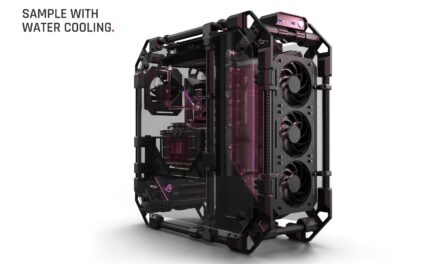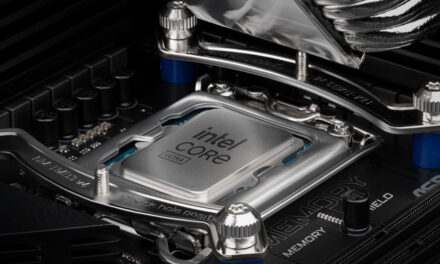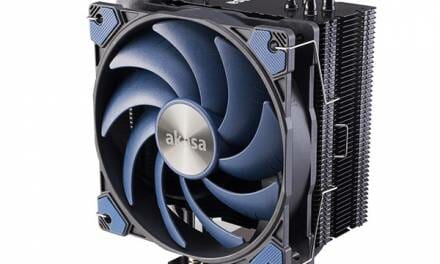
Managing Properties: The Easy Ways To Track Rental Performance

If you’re a property manager, then you know the importance of tracking rental performance. It can be difficult to keep track of everything, but luckily there are a few easy ways to do it. In this blog post, we will discuss three methods for tracking rental performance. We will also provide tips on how to improve your rental properties using each method!
1. Use a property management accounting software
When it comes to tracking rental performance, one of the best things you can do is invest in property management accounting software. This type of software will help you keep track of rent payments, expenses, and even maintenance requests. It can be a bit pricey, but it’s worth it if you want to make your life easier. There are many types of property management accounting software on the market, so be sure to do your research before choosing one. We recommend looking for software that has good reviews from other property managers, as well as a free trial period so that you can try it out before making a purchase. With this, you can accurately budget for your property and make changes as needed. Once you’ve found the right software for your needs, be sure to input all of your data regularly. You’ll be able to track your progress and see where you need to make improvements.
2. Review your leases regularly
One of the best ways to track rental performance is to review your leases regularly. This will help you keep track of what needs to be done and when it needs to be done. It will also help you identify any potential problems that may arise. Additionally, reviewing your leases regularly will allow you to make changes as necessary. For example, if you notice that a tenant is not paying their rent on time, you can increase the late fee or add a clause that allows you to evict them if they continue to do so. Another way to track rental performance is to conduct regular inspections. This will help you ensure that your tenants are taking care of the property and that there are no damages. Inspections will also allow you to identify any needed repairs or maintenance items.
3. Keep track of your marketing efforts
It’s also important to keep track of your marketing efforts when it comes to rental performance. This includes everything from online listings to flyers and signage. By tracking your marketing efforts, you’ll be able to see what’s working and what’s not. Additionally, you’ll be able to make changes as needed to improve your results. For example, if you’re not getting many responses to your online listings, you may want to try a different platform or change up your listing photos. If you’re not getting much foot traffic, you may want to consider changing your signage or flyer design. By tracking your marketing efforts, you can make small changes that can have a big impact on your rental performance. This will save you time and money in the long run.
4. Communicate with your tenants
Next, one of the best things you can do to track rental performance is to communicate with your tenants. This includes everything from sending out monthly newsletters to conducting surveys. By communicating with your tenants, you’ll be able to get feedback on what’s working and what’s not. Additionally, you’ll be able to resolve any issues that may arise. For example, if you notice that your tenants are having trouble with the online payment system, you can reach out and offer assistance. If you’re not getting much response to your newsletters, you can survey your tenants to see what type of content they’d like to see. This type of communication will not only help you track rental performance, but will also improve tenant satisfaction.
5. Use a CRM system
Last but not least, another great way to track rental performance is to use a CRM system. This type of system can help you keep track of all of your tenants in one place. Additionally, it can help you automate some tasks associated with property management. For example, you can set up automatic rent payments or automatic reminders for inspections. By using a CRM system, you can save yourself a lot of time and hassle. This will free up your time so that you can focus on other aspects of your business. Plus, it will help you improve your rental performance by making it easier to track all of your tenants.
By following these tips, you can easily track rental performance and make the necessary changes to improve your results. And by doing so, you’ll be able to save time and money while also improving tenant satisfaction. So, what are you waiting for? Start tracking your rental performance today!



























